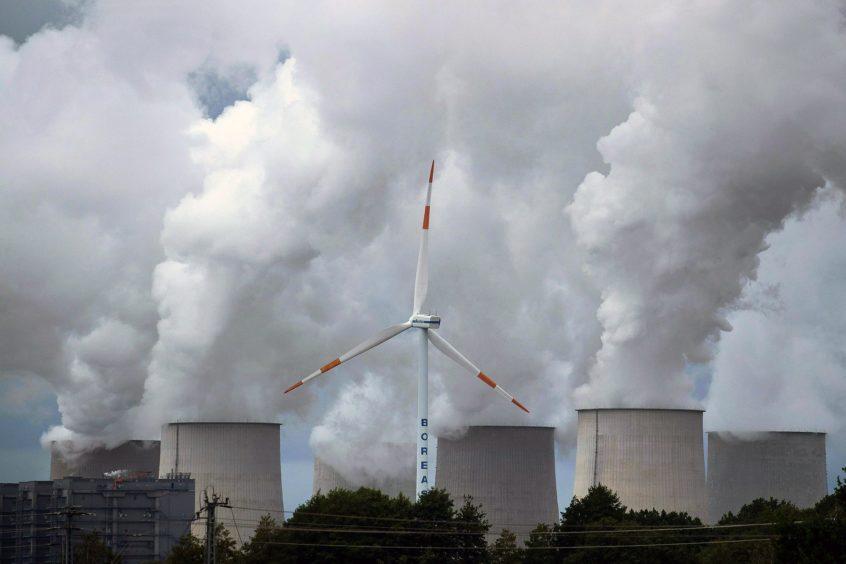
A “massive redirection” of spending from carbon-heavy investment into clean energy is needed if the Paris Agreement is to be reached.
A new report from technical body DNV has underlined that an “urgent change of mindset” is required in order to bring down global emissions in line with targets.
According to forecasts, emissions will fall by just 9% by 2030, and the world is on course to exhaust the 1.5ºC budget in 2029.
The report, entitled ‘Financing the Energy Transition’, says financiers, bankers, and governments have an essential role in ensuring a just and accelerated transition.
But the former faces significant challenges, particularly around how to price the risk of energy projects that can run over the course of several decades.
This includes the potential for stranded assets, climate risk in infrastructure, and pressure on profitability and rates of return if too much capital chases a limited number of projects.
Financing the Energy Transition focuses on the opportunities and challenges for financiers, policymakers, developers, and energy companies.
Featuring contributions from global financial, policy and energy experts, the report combines with DNV’s fifth Energy Transition Outlook (ETO) to show there is a consensus that new, short-term actions, alongside long-term commitments, need to be agreed by global leaders at COP26 in November.
Ditlev Engel, chief executive Energy Systems at DNV, said: “The world is consuming the remaining carbon budget way too fast, and the chances for reaching the goals and objectives in the Paris agreement are now in real danger.
“Governments and businesses need to recognize that the remaining global carbon budget needs to be used very wisely and we must place this approach at the centre of all decision-making.
“As confirmed in our ETO, we remain very technology optimistic, but the real potential of technology can only be achieved if the required policies and actions are in place on a national and international level. We can mobilize and redirect the required capital and achieve a deeply decarbonized energy system.”
In its recent ETO, DNV forecasts that the percentage of world gross domestic product (GDP) that will be spent on energy will halve from 3.2% in 2019 to 1.6% in 2050.
If the current fraction of GDP devoted to energy expenditure remained constant, the surplus funds to spend on clean energy would grow by around $2 trillion, reaching close to $63trn by 2050.
That would be more than enough to finance a transition compliant with the Paris Agreement.
Mr Engel said: “It’s clear that we have the financial capacity to accelerate the transition, hence the question we have to put forward to COP26 is that as world leaders, we have to prioritize upfront investment and ensure governments don’t just deal in long-term climate commitments, but also in short-term climate action.
“Targets must be grounded with a credible baseline for emissions, translated into action every year for at least the next 30 years.”
Recommended for you

